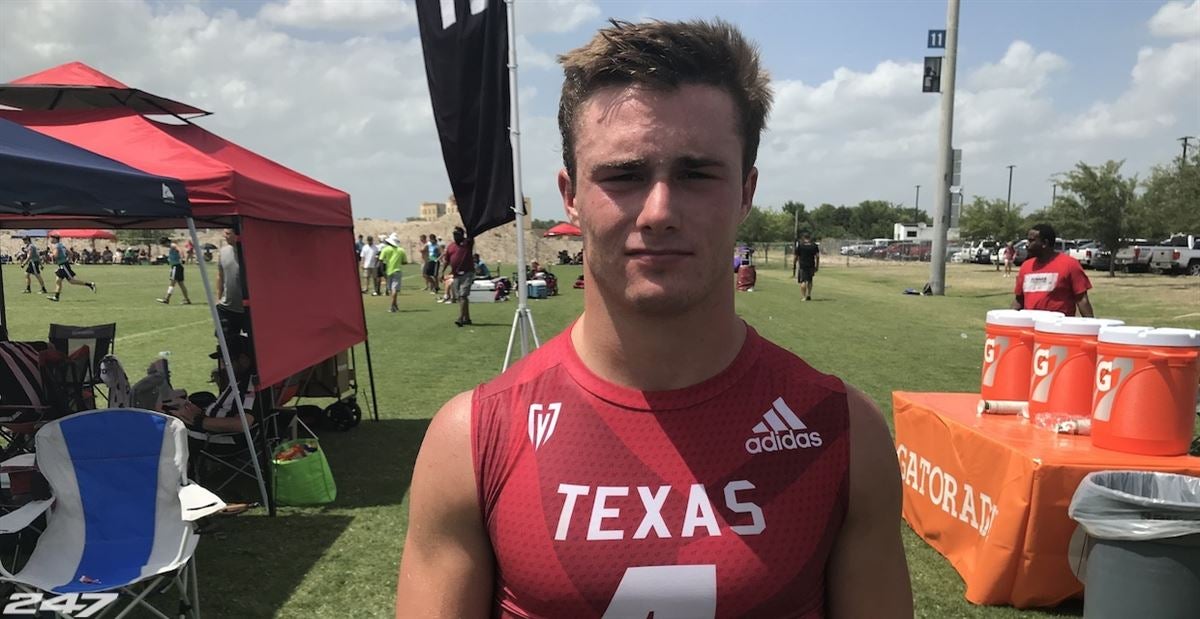
And, early on, this didn’t appear to be an offensive exaggeration. – at least according to some of his early managers. He is capable of pacing 35 HRs and maintaining a non-lethal average.Ĭameron Maybin – He was(is) the next Ken Griffey, Jr.

Sure enough, in 2011, Quentin’s BABIP is. It wouldn’t be hard to paint 2010 as somewhat flukey in the wrong direction. That said, his ground ball rate didn’t really spike and his HR/FB rate was still hovering around a perfectly normal 14%. His line drive rate was a putrid 13.9% (the lowest of his career) and he was swinging and missing more than he had previously with the White Sox. Of course, he just wasn’t hitting the ball with authority. 241 BABIP that season, which could have caused some of the horrid average. However, when looking deeper, he did have a poor (by his standards). 243/.342/.479 line.Īt this point, he looked like a source for decent power but not much else. While playing poor defense, he finished with a. Quentin was mostly healthy, but incredibly streaky. Healthy, Quentin started well in 2009, but then began to suffer from plantar fasciitis and soon found himself on the DL finishing with a rocky and unimpressive season. The injury was severe enough to require surgery, and thereby end Quentin’s season prematurely. These numbers could have been even better if Quentin had not hurt himself by slamming his bat in anger on September 5. Fully healthy, Quentin stormed out of the gates and put together a sterling final line. While the Sox had not had the best track record in deals with the Diamondbacks of late, this was a clear win. Carter was then packaged with a few other familiar names ( Brett Anderson, Dana Eveland, Carlos Gonzalez and others) and sent to Oakland for Dan Haren.

However, the Diamondbacks thought otherwise and shipped him to Chicago for Chris Carter (then a low A first baseman at the top of the Sox prospect list). Quentin looked prime for a rebound in 2008. He struggled early and was demoted to AAA on July 6.īack amongst the boys, this man returned to his dominating self. Quentin partially tore his labrum in Spring Training the next year, delaying his season debut to mid-April. 253/.342/.530 line with nine homers.Īfter that, unfortunately, is where things began to unravel. In 191 MLB plate appearances that year, he held his own with a. He was quickly promoted to the majors in 2006, and hit a homer in his third major league at bat. Before 2006, he was named the 20th best prospect throughout the minor leagues. He easily earned the promotion to AAA the following season and again excelled. In 2004, he came back with a vengeance, destroying minor league pitching to the tune of a. Unfortunately, he had to sit out 2003 because of Tommy John surgery – a slight non-Lance Harbor type of injury. The Diamondbacks selected Quentin with the 29th pick in the 2003 draft. Oh and he married an All-American track runner. 350 average, 35 bombs, 170 RBIs, and 26 SBs in just 199 games. He finished his career at Stanford with a.

He took his talents to Stanford, where he continued his success (Stanford made the championship game in 2003) with new teammates Sam Fuld and Jed Lowrie. He was an amazing football player, was on a state champion high school basketball team, and was the San Diego Male Athlete of the Year in 2000. He was Lance Harbor before the injury, or Jason Street.



 0 kommentar(er)
0 kommentar(er)
